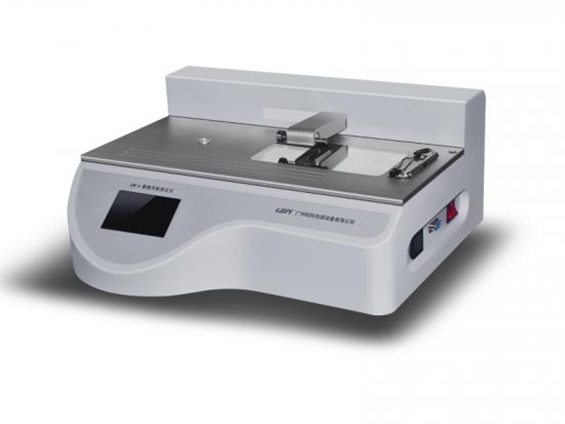Packaging plastic films refer to films made of polyvinyl chloride, polyethylene, polypropylene, polystyrene and other resins for packaging, as well as for use as a laminating layer. The share of plastic packaging and plastic packaging products in the market is increasing, especially the composite plastic flexible packaging, has been widely used in food, medicine, chemical and other fields, among which the largest proportion of food packaging, such as beverage packaging, frozen food packaging, steamed food packaging, fast food packaging, etc. These products have brought great convenience to people's lives. In order to ensure the effectiveness of packaging products, it is required to have good barrier performance, which is measured by an important indicator is the water vapor transmission rate (amount). There are many testing standards on water vapor transmission rate (amount) at home and abroad, of which the following are the common testing standard methods. ISO 15106-2 - Plastics -- Film and sheeting -- Determination of water vapour transmission rate -- Part 2: Infrared detection sensor method ASTM F1249 - Standard Test Method for Water Vapor Transmission Rate Through Plastic Film and Sheeting Using a Modulated Infrared Sensor TAPPI T557 - Water vapor transmission rate through plastic films and sheeting using a modulated infrared sensor ISO 2528 - Sheet materials -- Determination of water vapour transmission rate -- Gravimetric (dish) method ASTM E96 - Standard Test Methods for Water Vapor Transmission of Materials ASTM D1653 - Standard Test Methods for Water Vapor Transmission of Organic Coating Films TAPPI T464 - Water Vapor Transmission Rate of Paper and Paperboard at High Temperature and Humidity ISO 15106-3 - Plastics -- Film and sheeting -- Determination of water vapour transmission rate -- Part 3: Electrolytic detection sensor method W900 Gravimetric Method Vapor Transmission Rate Tester 1.Analysis from the principle of the test method Visible film water vapor transmission rate (amount) detection methods are mainly divided into two categories, respectively, the gravimetric method and the sensor method. The gravimetric method (also known as cup method) is divided into two types of weight gain method and weight loss method, which detects the weight change of the moisture vapor transmission cup. Electrolysis analysis method and infrared detector method belongs to the sensor method, which, the principle of electrolysis method refers to the electrolysis of water vapor encountered electrodes for hydrogen and oxygen, through the electrolysis current to calculate a certain period of time through the unit area of the sample water vapor transmission rate (amount); infrared method is the principle of water vapor from the high humidity cavity through the sample penetration to the low humidity cavity, the electrical signal generated by the carrier gas transmitted to the infrared detector to calculate the water vapor permeation rate (amount). W203 ...
View More

 info@gbtest.cn
info@gbtest.cn



 en
en ru
ru es
es ar
ar










